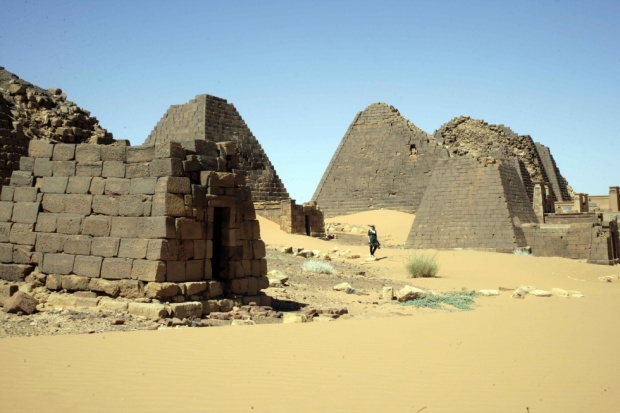Khartoum- France brought back to Sudan a historic Sudanese monument that was sent for restoration and scanning in Toulouse. The monument is a piece of fabric that was used to wrap coffins in the Merowe era, shedding light on how funerals were conducted at that time.
Discovered in 2000, the piece was dispatched to France in 2001 for restoration and scanning purposes; the monument is now returned to its mother country after the end of restoration works.
Claude Rilly, director of the French archaeological mission working at the Sedeinga Site in Sudan said that the historic monument was brought back to its country after costly processes and complicated procedures led by many entities. Rilly suggested that the monument dates back to the second century A.D., but he said that the exact date would be known by the end of analyses. The fabric features embroideries resemble the small photos found in the Egyptian Book of the Dead.
In a speech delivered in the Sudanese national museum, Rilly said that Sudan received the monument after being restored at the Materia Viva laboratory in Toulouse. The mission’s director hailed efforts of the team who partook in restoring over 100 small parts composing the fabric, saying that thanks to this team, the museum of Sudan today owns a unique historic monument.
Rilly also told SUNA agency that this piece was not the first, and that he found many similar historic monuments at the Sedeinga Site. Many are still hidden in other archaeologic sites in the country, he asserted, despite the lack of reports confirming this information.
According to Sudan Tribune, the French Ambassador Bruno Aubert spoke during the delivery ceremony, and said that the French department at the national authority of heritage and museums managed the scanning processes, as part of the first-of-its-kind partnership between Sudan and France which contributed to providing a digital version on the monument.
